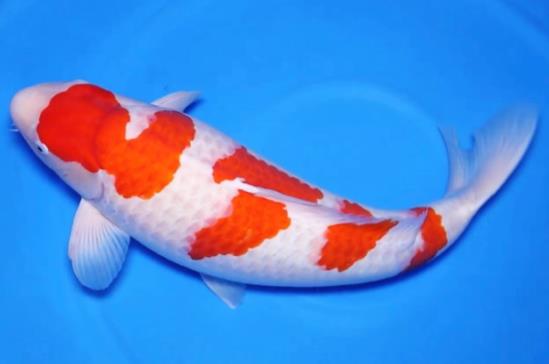Detailed Analysis of Koi Lifespan
I. Lifespan Range and Records
Regular Lifespan

Home Cultivation: 25–35 years (up to 50 years with excellent water quality)
Natural Waters: 60–70 years (longest recorded lifespan is 226 years)
Optimal Viewing Period: Maintains peak condition for approximately 15 years
Long-Lifespan Cases
Japanese Koi "Hanako": 1751–1977 (226 years old, verified via scale annual ring identification)
Shandong, China Case: Koi survived over 80 years through probiotic feeding
II. Key Influencing Factors
Water Quality Parameters
pH Level: 7.2–7.5 (fluctuations exceeding ±0.5 shorten lifespan)
Ammonia Nitrogen Concentration: <0.02 mg/L (exceeding the standard by 50% increases mortality rate)
Dissolved Oxygen: >5 mg/L (each 1 mg/L increase extends lifespan by 3%)
Rearing Environment
Water Volume: ≤5 fish per ton of water (based on 20 cm standard-sized koi)
Temperature Control: 21–27°C (sudden changes exceeding 5°C trigger diseases)
Genetics and Nutrition
Premium bloodlines have a 30% longer lifespan than ordinary varieties
Fry require feed with 42% protein; adding astaxanthin to adult koi feed improves disease resistance by 20%
III. Lifespan Management Recommendations
Tank Cultivation
Lifespan is 40% shorter than that in ponds (smaller varieties are recommended)
A filtration system is required (replace 1/3 of water weekly)
Disease Prevention
Regular parasite detection (once a month)
Add salt bath (0.3% concentration) when water temperature is 28°C
Special Care
For elderly koi (20+ years old), reduce protein content in feed to 28%
Maintain water depth of over 1.5 meters in winter to prevent frost damage
If lifespan data for specific varieties or disease prevention/control plans are needed, more professional parameter explanations can be provided.
